
CAREER awards recognize role models in research, education
Six Rochester researchers have received the National Science Foundation’s most esteemed recognition for early-career faculty members.
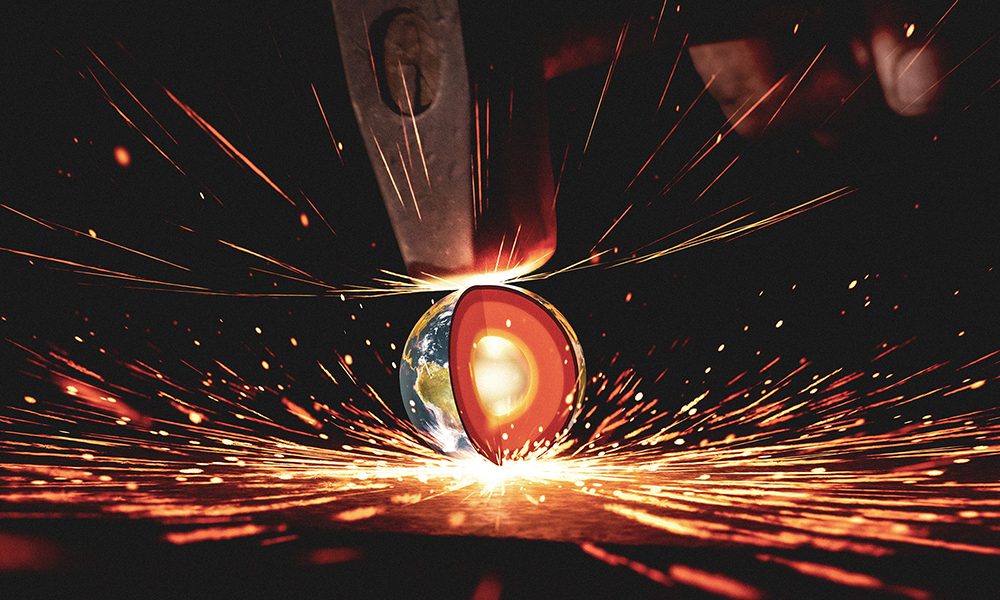
Machine learning pinpoints when matter changes under extreme conditions
Rochester researchers will cut through excess data to speed the search for new materials.
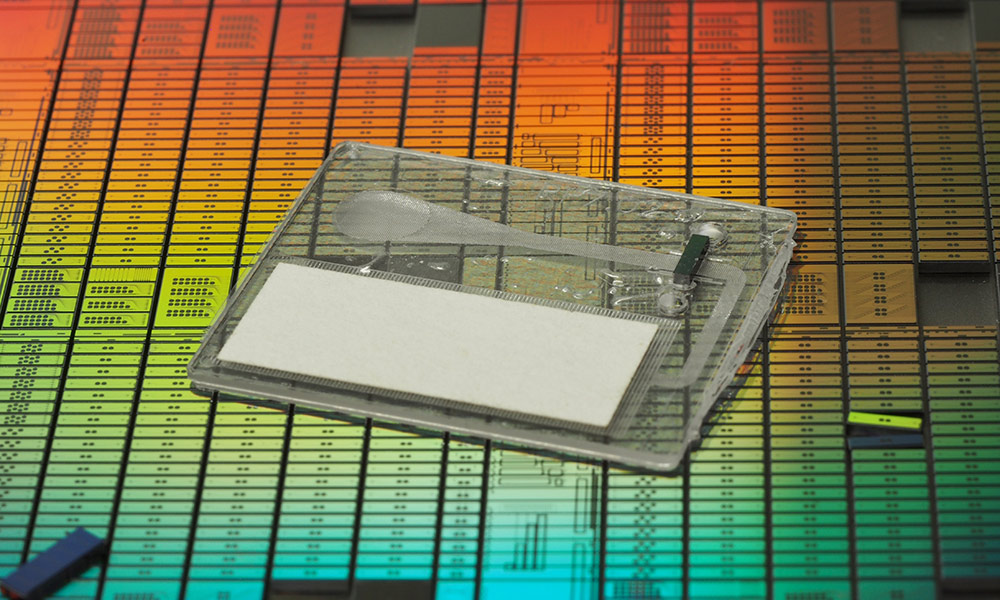
Rochester leads development of novel integrated photonic COVID-19 sensor
The inexpensive, portable device could help safeguard against future pandemics and detect viruses and infections in underserved populations.
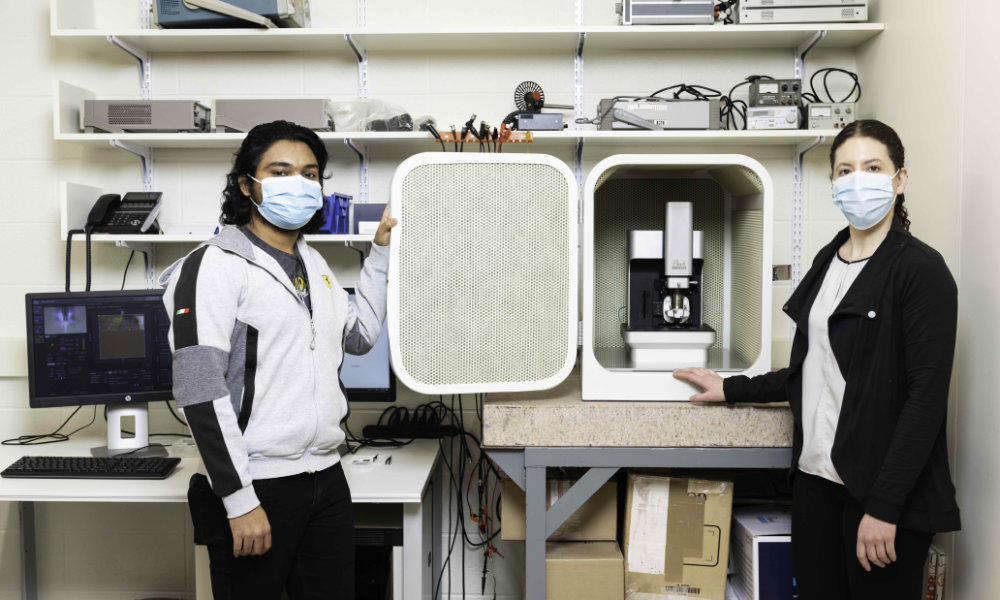
Using nanodiamonds as sensors just got easier
Rochester researchers have found a new and improved way to extract temperature from the light emitted by a diamond defect.

First-ever lab model of human eye offers hope for macular degeneration patients
Rochester researchers’ breakthrough could lead to patient-specific treatments for age-related macular degeneration, which leads to a loss of central vision.
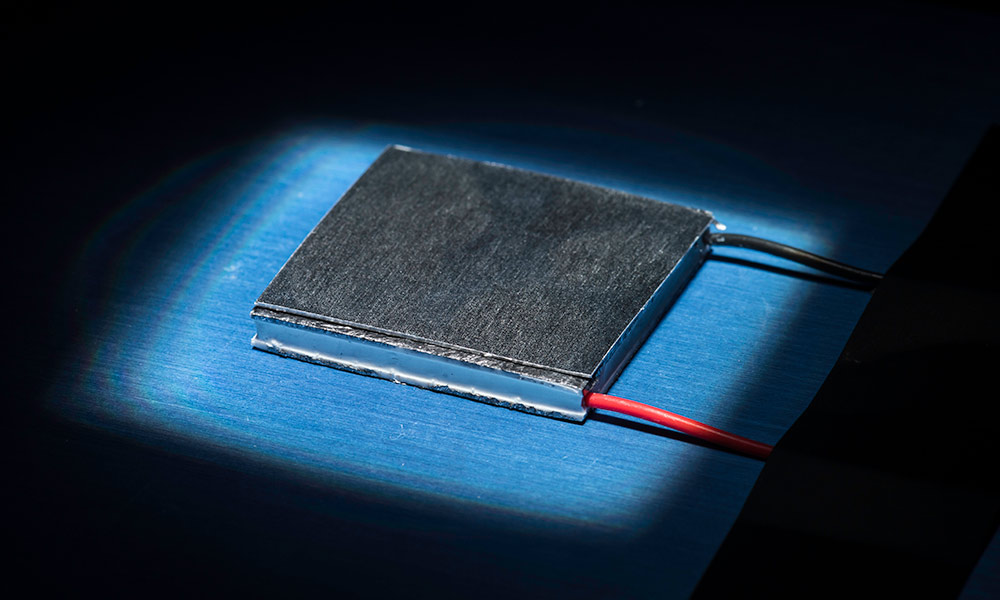
Lasers etch a ‘perfect’ solar energy absorber
The University of Rochester research lab that recently used lasers to create unsinkable metal structures has now demonstrated how the same technology could be used to create highly efficient solar power generators.
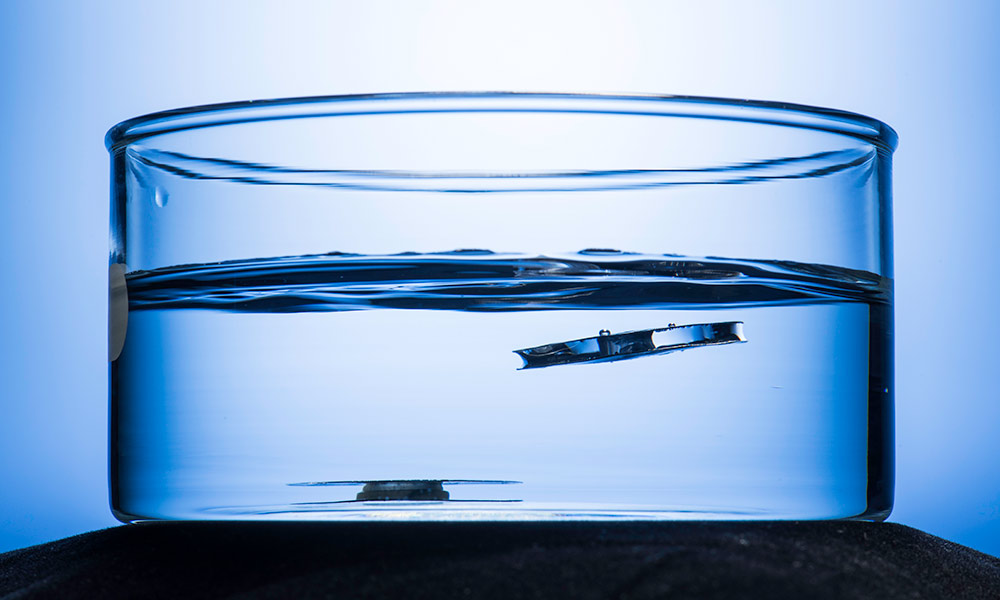
Superhydrophobic metal that won’t sink
Inspired by diving bell spiders and rafts of fire ants, Rochester researchers have created a metallic structure that is so water repellent, it refuses to sink—no matter how often it is forced into water or how much it is damaged.
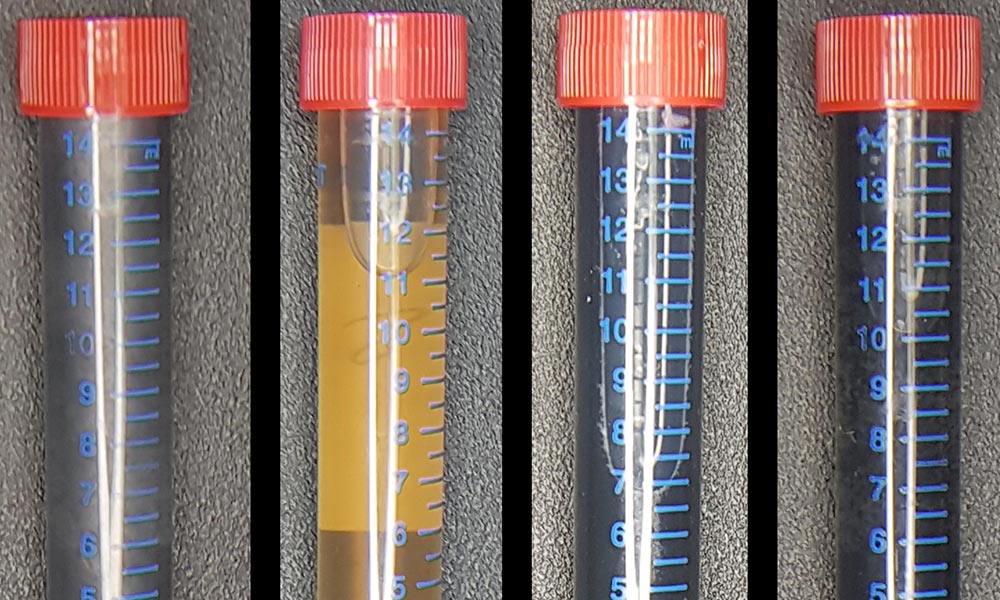
Will your future computer be made using bacteria?
Graphene is a revolutionary nanomaterial, the discovery of which led to a Nobel Prize. By mixing graphite with bacteria, Rochester scientists are making graphene easier and more environmentally friendly to produce, paving the way for future products and applications.
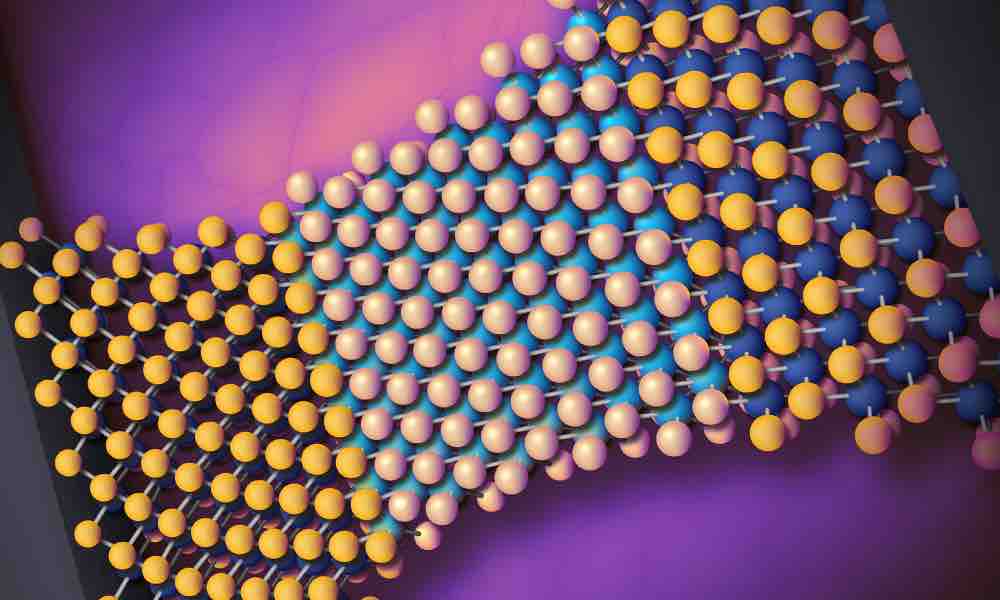
Researchers ‘stretch’ the ability of 2D materials to change technology
Moore’s Law predicts that the number of transistors in an integrated circuit will double every two years. As technology nears the limits of Moore’s Law, Rochester researchers have combined 2D materials with oxide materials in a new way, with new possibilities for computing power.
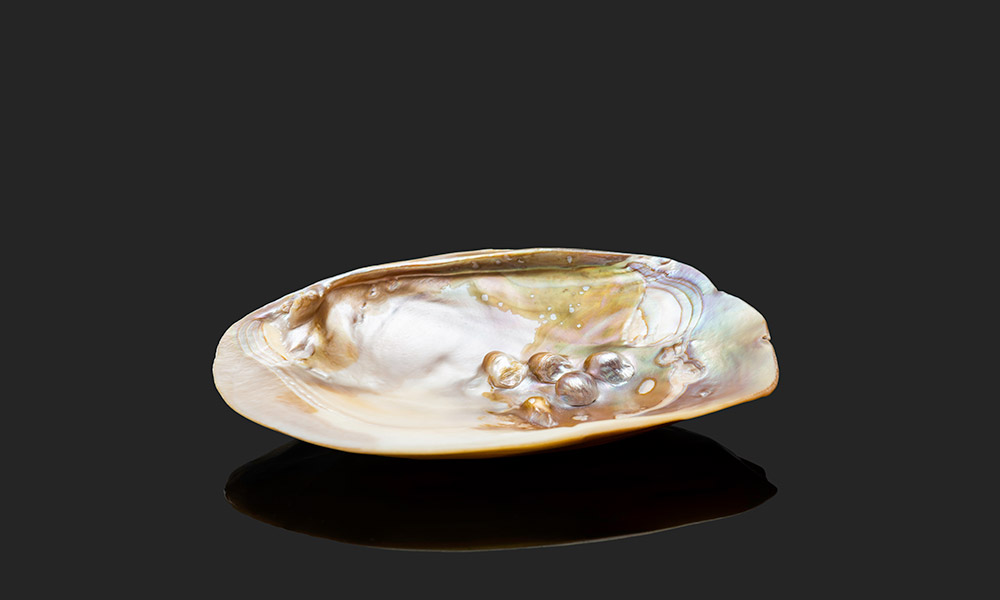
Researchers create artificial mother-of-pearl using bacteria
Nacre, also known as mother-of-pearl, is an exceptionally tough natural material found in shells and pearls. Rochester biologists have developed an innovative method for creating nacre in the lab—and maybe on the moon.
